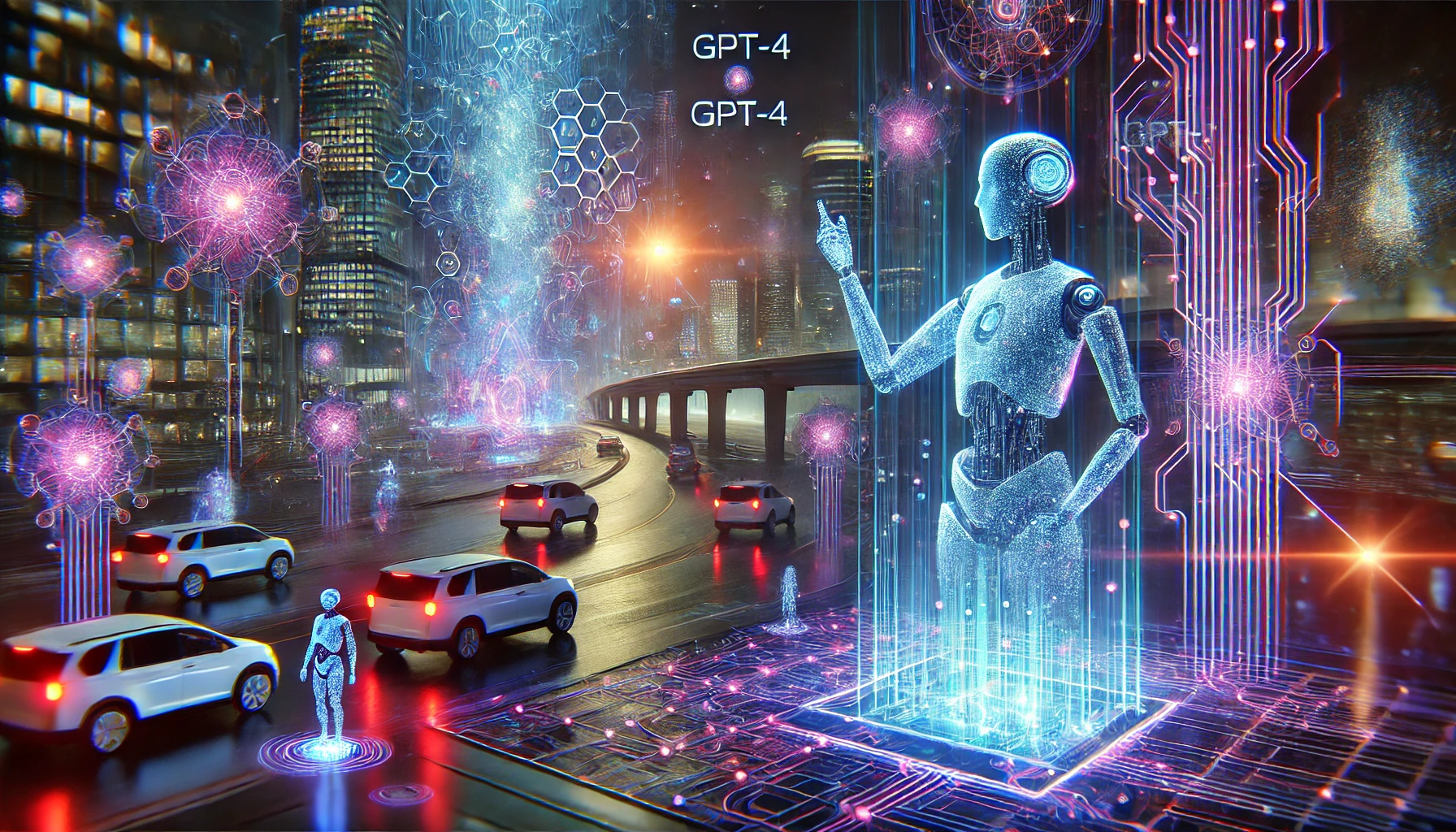The Latest Machine Learning Breakthroughs: How Transformers Are Revolutionizing AI

What Are Transformers and Why Are They Everywhere?
So, you've probably heard about Transformers — no, not the shape-shifting robots, although the way they’re transforming the world of AI is almost as dramatic. In the realm of machine learning, Transformers have become the rockstars, and it all started with the introduction of the Transformer architecture in 2017. This revolutionary model structure is now the backbone of some of the most advanced AI systems, like GPT-4, the latest iteration of the natural language processing (NLP) giant. But what makes these models so transformative? Spoiler alert: it’s all about attention.
The Magic of Attention: No, It’s Not Just for Toddlers
At the heart of Transformer models is something called 'self-attention'. Basically, it's like giving the AI laser focus on the most relevant parts of the data. Think of it like reading a mystery novel, and every time you get to a plot twist, your brain highlights that moment for future reference. For AI, this ability to 'remember' and weigh the importance of different pieces of information allows for unparalleled accuracy in tasks like language translation, chatbots, and even generating human-like text. GPT-4, for example, can write essays, code, and even help you craft that perfect, passive-aggressive email to your coworker.
From Language to Images: Transformers are Multi-talented
Transformers have moved beyond just understanding and generating text. Ever heard of DALL-E? It’s an AI model that can create images from textual descriptions. You say, 'I want a picture of a cat dressed as an astronaut,' and voilà, you get a bizarre yet surprisingly accurate image. This is all thanks to the versatility of the Transformer architecture, which now extends into image processing as well. It's not just about text anymore — Transformers are generating art, enhancing photography, and helping autonomous systems 'see' and understand the world.
The Transformers Are Taking Over: In a Good Way
Machine learning is being revolutionized by these Transformer models, and industries are taking notice. In healthcare, they’re helping to analyze medical records and predict patient outcomes. In autonomous vehicles, they’re enabling cars to make split-second decisions that could one day save lives. Even in entertainment, AI models based on Transformers are writing movie scripts and generating music. And while some may fear the rise of the machines, we can all agree that if an AI can write us a good tune or keep our inbox spam-free, it’s a net win.
So, What's Next for Transformers in AI?
As AI continues to evolve, the possibilities with Transformer models seem endless. GPT-5? Maybe. But even now, the focus is on making these systems more efficient, less resource-heavy, and more aligned with human values. After all, we want AI that’s powerful but also respectful of our online privacy and less prone to creating deepfake videos of our pets. The potential for expanding Transformers into areas like education, personalized medicine, and even environmental conservation is enormous.
What's Your Take?
With the speed at which AI is advancing, the role of Transformer models like GPT-4 is only growing. Do you think Transformers are leading us toward a golden age of AI, or is there too much hype surrounding them? Drop your thoughts below and let’s discuss how this tech could change our future!



